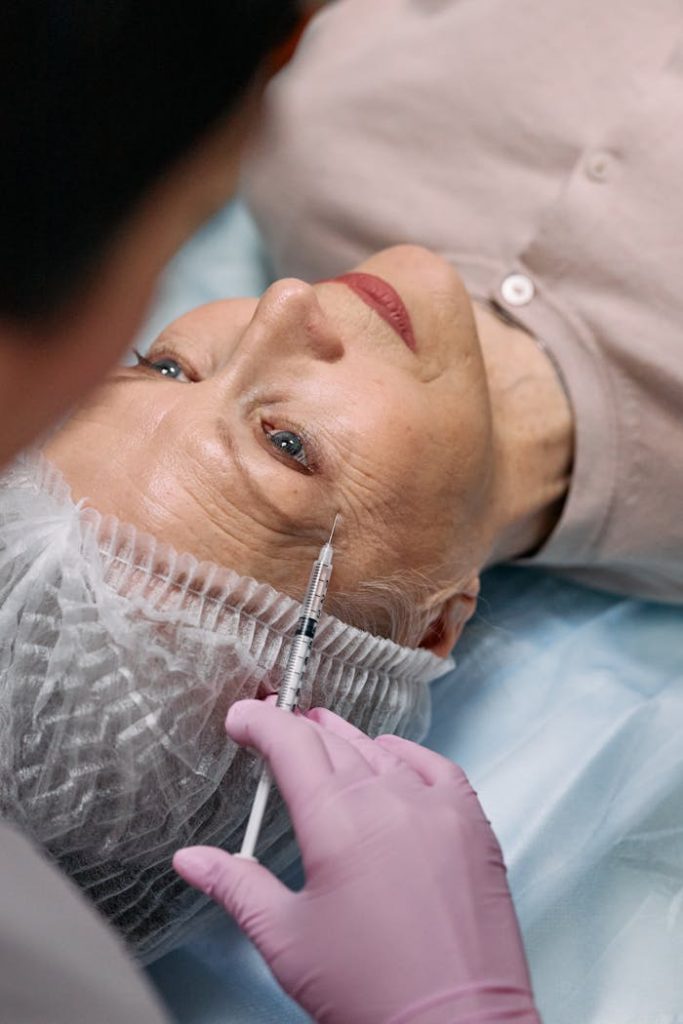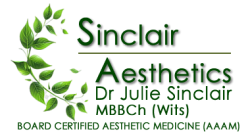Assisted Liposuction
Laser liposuction can successfully be administered anywhere the body stores fat, typically:

The advantages of Assisted Liposuction over traditional liposuction include:
- Most importantly – lower cost! This technique is typically less expensive than traditional liposuction as the procedure is quicker and does not require general anaesthesia.
- Safety – Assisted liposuction is very safe – the type of equipment and technique used is important.
- Lack of “loose” skin – Traditional liposuction can leave loose skin where fat has been removed. This procedure stimulates fibroblasts to produce collagen, causing the skin to tighten and firm.
- Little downtime – The Assisted Liposuction process is minimally invasive, and does not require a general anaesthetic. This means that you can drive to and from the procedure and be back at work within a day or two with minimal discomfort. For minor procedures, it may be possible to be back at work the next day, but it is often more pleasant to have a couple of days of rest if possible.
- Minimal to No bruising
This procedure is ideal for people who have a normal BMI and are not significantly overweight. You should already be maintaining a healthy lifestyle by exercising regularly and eating a healthy diet.
Realistic Expectations
To be a good candidate, you should have realistic expectations about the procedure’s capabilities. While Assisted Liposuction can improve your appearance and self-confidence, it won’t necessarily match your mental ideal, nor will it cause other people to act differently toward you. Before you decide to have this procedure, think carefully about your expectations and discuss them with the doctor during your consultation visit.
You can feel a difference in the fat volume at the time of the procedure. There are small changes visible after the swelling has settled down. The overall result depends on the severity of the area to be treated, but dramatic improvements are usually seen from approximately six weeks after treatment, onwards. Results will continue to improve over the next few months as the fat volume continues to decrease and the skin starts to tighten – with final results after four to six months
What about cellulite?
Cellulite is essentially fat with hardened cell walls and fibrous bands causing tethering of the cells. The laser liposuction will break down the fibrous bands causing the dimpling of cellulite and destroys the fat cells!
Does it hurt?
A local anaesthetic is applied to the area to be treated and the procedure is virtually painless. The initial introduction of local anaesthesia may be uncomfortable and you may experience an odd sensation of the laser moving in the fatty tissue but this is not painful.
How many treatments will I need?
You should only need one treatment for a particular area, but this does depend on your size and the number of areas you want treated. The doctor doing your assessment will advise you on this at your initial consultation. A maximum of three areas can be treated at one time, and it will take approximately five hours to do the three areas.
Do I need any downtime?
You will need to take the day of the procedure off and ideally we would recommend that you take the day off after the procedure as well. each patient is different in terms of recovery, but with this technique recovery is usually much quicker then the traditional form of the procedure.
What must I do or not do before the treatment?
You will be advised at your initial assessment about pre-operative do’s and don’ts. ie: Avoid blood thinners including anti-inflammatories as they will lead to bruising. This includes Omegas 3 and 6 and Vitamin C.
What must I do after treatment (post-operative care)?
- You will need to wear an elasticised garment on the treated area for a minimum of two weeks. This will be provided for you.
- Take a course of antibiotics.
- No high-impact exercise for two weeks, but don’t stop exercisingcycling, walking and rowing are good aerobic exercises..
In normal circumstances there is no health risk associated with Assisted Lipolysis.
How does Laser Lipolysis work?
A 2mm Ultrasonic probe, is fed under the skin through a tiny incision. It delivers safe, powerful ultrasound waves which dislodge and liquify the fat. The Ultra Z technology from Syneron used by Dr Sinclair is scientifically tested and the energy used does not cause damage to surrounding structures – hence also the risk of minimal bruising involved with this procedure compared to traditional liposuction.
These ‘melted or liquified’ fat cells are then sucked out using a small suction catheter. The “melted or liquified fat” which is not suctioned off at the time of the procedure is metabolised and excreted by the body over the next few weeks.
Heat which is safely delivered, causes collagen to contract and stimulates fibroblasts to produce new collagen, resulting in tightening of the overlying skin giving a smooth sculpted appearance.
The procedure is done using tumescent local anaesthetic and does not require a general anaesthetic.
